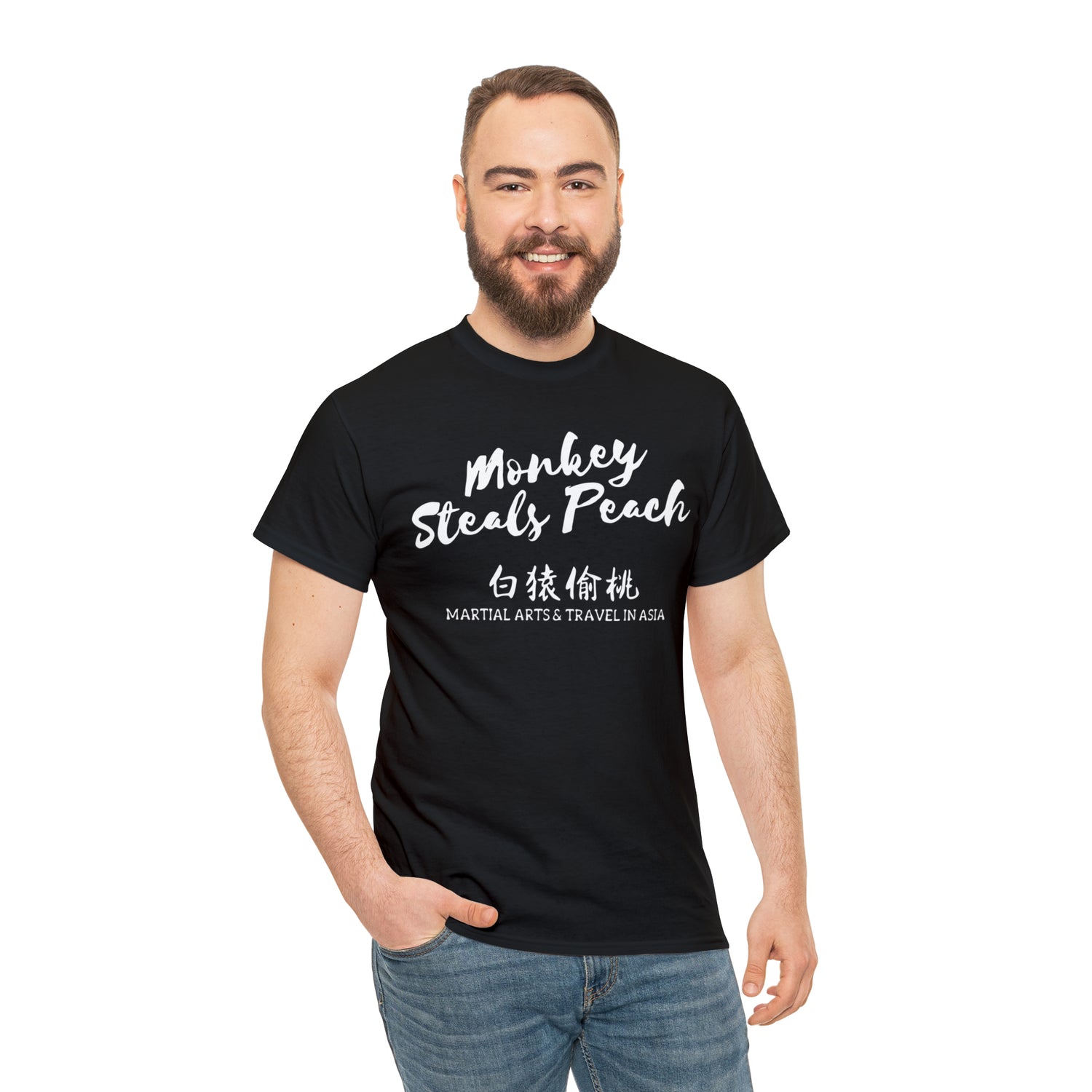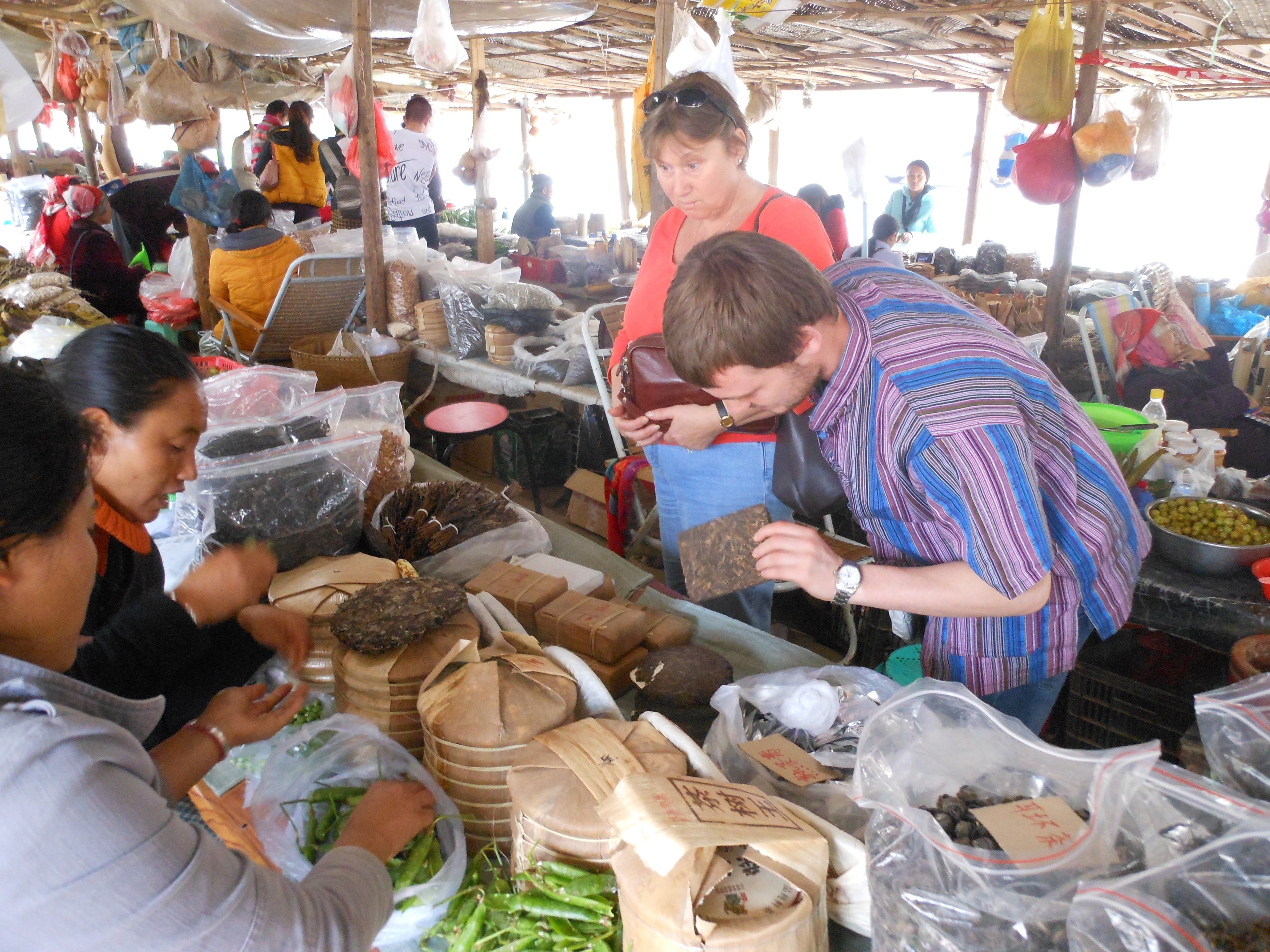When seeking out the best Chinese teas, one place that cannot be ignored in Xishuangbanna, in the far southwest of China's Yunnan province.
Wedged up against the borders of Myanmar and Laos, the region is mostly known as the home of the Dai people, who are culturally and linguistically related to the peoples of northern Thailand. Indeed, spending time in the capital of the region, Jinghong, one does feel as though they are in Southeast Asia. However, venture out into the mountains and jungles surrounding the city, and you will find a mosaic of different hill tribes, such as the Hani, Jinuo, Bulang, Lapu and many others.

It is these various hill tribes that grow Pu Er tea, many of whom have done it for hundreds (if not thousands) of years. The tea trees here are different from the small bushes neatly cultivated you find in other parts of China or Sri Lanka, these are actual trees, many of them growing semi-wildly. These tea trees are the "large leaf" variety, and produce a much more robust and deep flavour and aroma than other cultivars.
As you drive along the windy and treacherous mountain roads, there are countless markets set up at the entrance to the many villages along the way. Here you can sample different teas, tropical fruits and local foods. There are also handcrafts made of wicker.
One such market I stopped at was at the entrance to a Hani village on the road going to Nannuo Mountain. This is one of the "six famous Pu Er mountains" in China, and both ripe and raw Pu Era are produced here. The Hani people can be found over the border in Myanmar and Laos too, as well as in northern Thailand and Vietnam. Here in China, around a million Hani people can be found spread out in this small region.

In fact, you can often find Dai script on the design of Pu Er tea wrappers, alongside more standard Chinese characters.
Since visiting this amazing and colourful region, one constant reminder of the time I had there, was that every time I sit down and brew some Pu Er tea, I am instantly transported back. One of the reasons why I love Pu Er so much, is the unique culture and region attached to it. You can check out Pu Er tea for yourself by browsing my tea collection.


